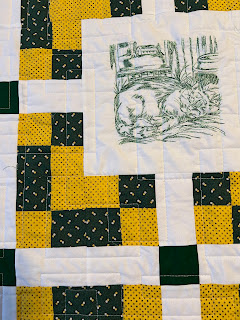Tee Top Challenge

Tee Top Challenge The Lansing Clippers, a chapter of the American Sewing Guild, had a recent program where the members were challenged to fit a pattern and make a tee top. The pattern was the ABB (Anything But Basic) tee top from Cooper Creek Patterns. I joined the challenge and set about the task of fitting and sewing a tee top for myself, The fitting part of the challenge was relatively easy for me because I just finished an online class taught by Alexandra Morgan of In-House Patterns. Although the class was about fitting a woven top, I still learned techniques that enabled me to fit a pattern for a knit top. I used her information on how to make adjustments to the pattern as well as the order to use to make those adjustments. That information was very useful to me to get the ABB tee top to fit. Although fitting the tee top was easy, I cannot say the same about actually making the top. I chose a red and black plaid knit that I h...

